1. Fluorocarbon Fishing Line
Fluorocarbon fishing line is a top choice for anglers targeting cautious fish in clear water. Its low visibility underwater gives you an advantage when fish are wary. Fluorocarbon is denser than monofilament, so it sinks faster, allowing lures or baits to reach desired depths quickly—a crucial feature for deep-water fishing.
Fluorocarbon's high abrasion resistance makes it ideal for fishing around rocks, brush, or other underwater obstructions. It can withstand rough environments where fish often hide, reducing the risk of line breakage. Its low stretch properties enhance sensitivity, allowing you to feel even the lightest bites when using finesse techniques.
However, not all fluorocarbon lines are equal. Brands like Seaguar Tatsu and Daiwa J Fluoro Samurai offer a blend of smooth castability and durability. Seaguar Tatsu's double-structure fluorocarbon provides incredible knot strength and low memory, reducing tangles and improving casting performance.
While fluorocarbon is more expensive than monofilament, the investment often pays off by increasing success in clear water and challenging conditions. Use fluorocarbon when stealth is crucial, especially when battling wary fish in clear waters or around rough structures.
Combining fluorocarbon leaders with braided mainlines can provide the best of both worlds—sensitivity and strength with the invisibility needed to fool cautious fish. This tactic works well when finesse fishing or targeting sensitive fish species.
If you're fishing in clear water or need a line that can handle underwater obstacles, fluorocarbon fishing line should be in your tackle box. Its combination of invisibility, durability, and sensitivity improves your chances of hooking and landing fish in challenging environments.
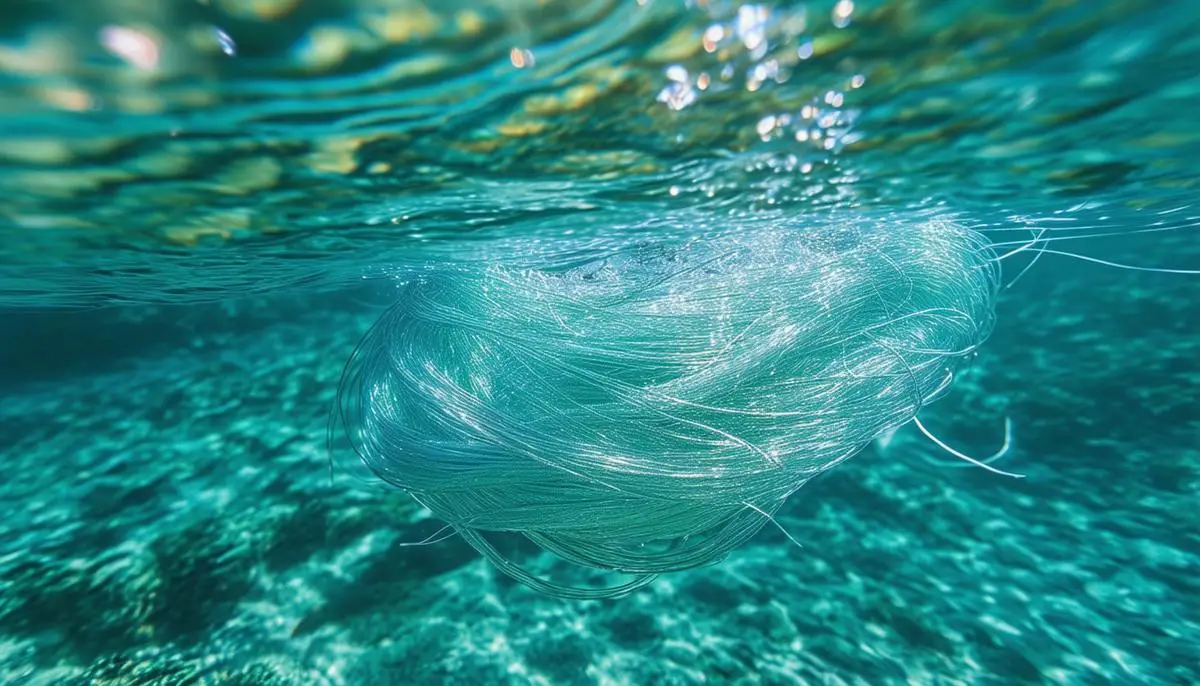
2. Monofilament Fishing Line
Monofilament line is a versatile and affordable option for anglers of all skill levels. Its stretchiness acts as a shock absorber, which is beneficial when fish make sudden runs or violent head shakes. This built-in cushion takes the edge off those heart-stopping moments when your catch tries to escape.
Monofilament is easy to use and known for its excellent knot strength. You can tie your favorite knots without worrying about slippage or breakage. It's straightforward to handle, and spooling it onto your reel is a breeze. The uniform diameter provides smooth casting and reduces the risk of tangles.
Monofilament's buoyancy makes it ideal for topwater fishing. When using surface lures like poppers or buzzbaits, this line will keep your bait floating and dancing on the water, tempting fish to strike. The slight elasticity is also advantageous when using moving baits like crankbaits or spinnerbaits, as it helps prevent hooks from ripping out of the fish's mouth.
Brands like Maxima Ultragreen and Berkley Trilene Big Game are reliable and durable. Maxima Ultragreen's moss green hue blends into the aquatic environment, making it less visible to fish. Berkley Trilene Big Game is known for its robust structure and high break strength, perfect for targeting larger species.
One downside of monofilament is its tendency to develop memory, leading to coils and tangles over time. However, this can be mitigated by periodically changing the line on your spool.
Monofilament fishing line is a reliable, cost-effective choice for a broad range of fishing techniques. Its blend of shock absorption, easy handling, buoyancy, and knot strength makes it a go-to for both beginners and seasoned anglers.
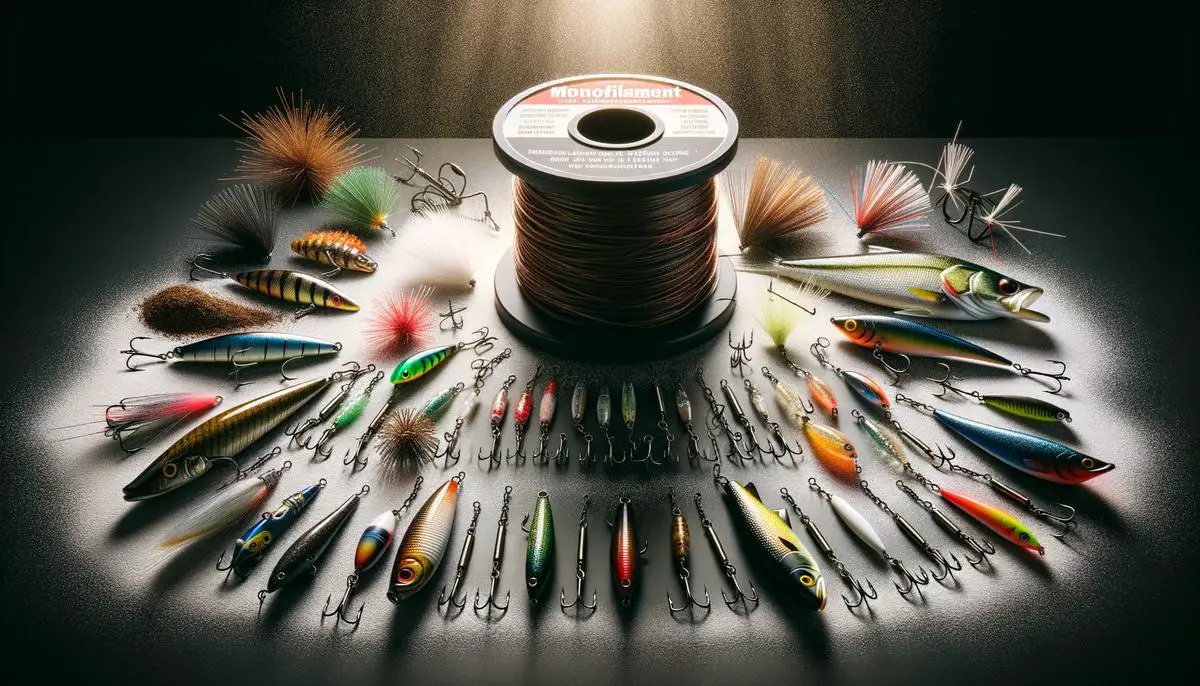
3. Braided Fishing Line
Braided fishing line offers unparalleled strength and sensitivity for hooking and landing big fish. Its zero stretch translates to extraordinary sensitivity, allowing you to feel even the faintest bites or your lure traversing through underwater cover. This immediate feedback helps you set the hook faster and more accurately, increasing your chances of converting bites into catches.
Braided line's remarkable strength and thin diameter allow you to pack more line onto your reel, enabling long, powerful casts to reach fish in deeper or more distant waters. This is especially crucial for techniques like surf fishing or targeting pelagic species from shore or boat.
Braided line excels when casting heavy lures or fishing in dense cover. It can rip through thick vegetation and get you out of snags where monofilament or fluorocarbon might fail. This abrasion resistance means more time fishing and less time re-rigging. It holds up well around structures like rocks, docks, and submerged timber, where big fish often lurk.
For finesse fishing, combining braided mainline with a fluorocarbon leader provides the stealth of fluorocarbon and the responsiveness of braid. It's an excellent setup for techniques like drop shots or jigging in deep water. The braid's low diameter also cuts through water effortlessly, reducing drag and allowing your presentations to maintain a natural fall.
However, braided line can have its quirks. It often requires practice to master knot tying, as traditional knots might slip. Learning reliable knots like the Palomar or Uni knot can be a game-changer. Additionally, braid's non-stretch nature means it doesn't absorb shock like monofilament. A heavy hookset might tear the hook out of a fish's mouth or damage your gear unless you're using a rod with a softer tip.
Top-notch brands like PowerPro and Sufix Performance Braid are known for reliable performance. PowerPro's tightly woven Spectra fibers provide a smooth, robust line that casts far, while Sufix's innovative performance braid blends strength and manageability, excelling in both fresh and saltwater environments.
If you're looking for a line that offers strength, sensitivity, and robustness, braided fishing line is your go-to. Perfect for various fishing conditions and species, it helps you maximize your time on the water and increase your catch rate. Once you've adapted to its unique characteristics, you'll appreciate its benefits.
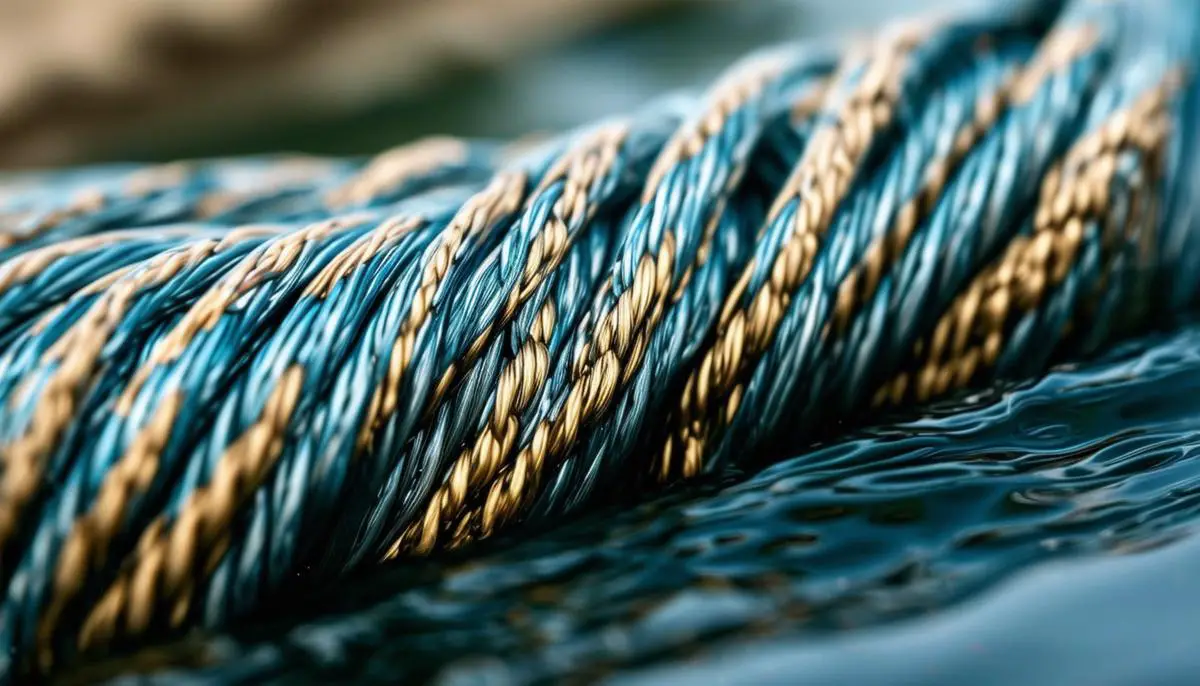
4. Copolymer Fishing Line
Copolymer fishing line captures the best qualities of both monofilament and fluorocarbon lines. It blends the affordability and stretchiness of monofilament with the strength and near invisibility of fluorocarbon.
One of the biggest perks of copolymer lines is their impressive strength. Crafted from two or more polymers, they are stronger and more durable than regular monofilament while maintaining a manageable diameter. This increased strength allows you to target larger, more aggressive fish without worrying about your line snapping under pressure.
Copolymer lines excel in their ability to resist abrasions. When fishing in rocky environments, among submerged branches, or near sharp structures, copolymer handles these tough conditions well, staying intact and reliable even in challenging situations.
Copolymer offers reduced memory compared to monofilament, resulting in fewer coils and tangles. It casts smoothly and easily, making it an excellent choice for both novice and experienced anglers.
In terms of invisibility, copolymer lines are less visible underwater than traditional monofilament. While fluorocarbon lines might still hold the crown for ultimate stealth, copolymer isn't far behind. Its subtle presence in the water can make a difference when targeting wary fish in clear lakes and rivers.
For those who appreciate the sensitivity of fluorocarbon but don't want to break the bank, copolymer lines offer a balanced alternative. They provide a respectable amount of sensitivity, allowing you to feel gentle nibbles that could otherwise go unnoticed. This is particularly helpful when using finesse techniques or fishing in deep water.
P-Line Floroclear is a standout in the copolymer world. With its fluorocarbon coating, it blends stealth and strength, making it a fantastic choice for various fishing scenarios. When fishing with light baits, the low-stretch quality of copolymer ensures that you can still achieve strong hook sets without tearing through the fish's mouth, especially important with species like crappie or trout.
Copolymer fishing lines offer:
- Robust strength
- Excellent abrasion resistance
- Good sensitivity
- Less visibility underwater
All while being easy to handle. Whether you're fishing in clear waters, around heavy cover, or need a versatile line that balances multiple attributes, copolymer is a reliable choice ready to tackle whatever your fishing adventures throw its way.
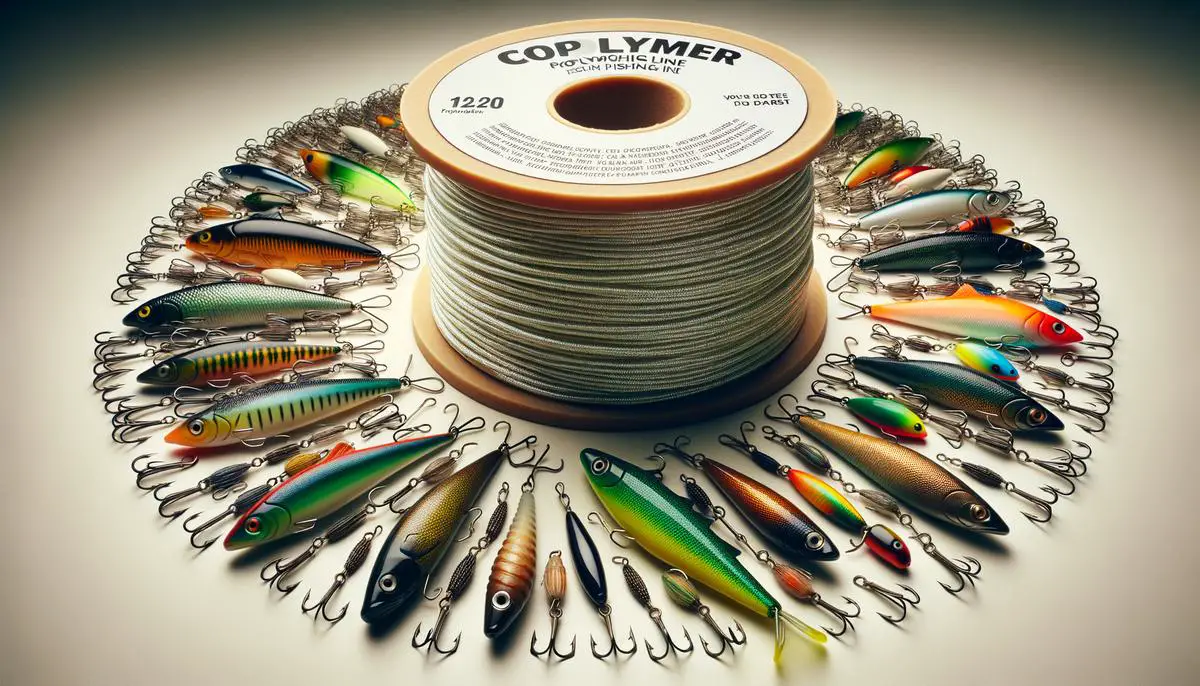
5. Budget-Friendly Options
For anglers on a budget, finding high-performing fishing lines without emptying your wallet is crucial. Fortunately, there are excellent budget-friendly options that deliver both durability and reliability. Two standouts are Berkley Big Game monofilament and Seaguar Basix fluorocarbon, each offering impressive performance for their price range.
Berkley Big Game Monofilament
When it comes to monofilament, Berkley Big Game is a legendary choice among budget-conscious anglers. Known for its strength and shock resistance, this line has been a go-to for many fishing enthusiasts targeting larger species. Whether you're chasing bass, catfish, or even saltwater predators, Berkley Big Game can handle it.
Its stretchability acts as a shock absorber, protecting your line from sudden bursts of energy when a fish makes a run for it. This line is also resistant to abrasions, ensuring it holds up well against underwater hazards, from sharp rocks to sturdy branches.
One of the key advantages is its high break strength relative to its diameter, making it robust yet manageable. Despite its affordability, Berkley Big Game doesn't compromise on performance. It casts well, ties excellent knots, and maintains minimal tangling.
Seaguar Basix Fluorocarbon
On the fluorocarbon front, Seaguar Basix presents a fantastic budget option without skimping on quality. Developed by the pioneers of fluorocarbon fishing lines, Seaguar has designed Basix to offer impressive knot strength, low visibility, and decent abrasion resistance at a friendly price point.
Despite being an entry-level fluorocarbon, Basix performs admirably in various fishing conditions, from clear lakes to heavier cover environments. Its low stretch increases sensitivity, enhancing your ability to detect subtle bites, a vital feature when targeting finicky fish. Plus, it sinks faster than monofilament, making it effective for deep-water techniques.
Having low memory, Seaguar Basix reduces the risk of line coils and tangling, which can be particularly problematic with cheaper lines. This line is perfect for anglers new to fluorocarbon, as well as seasoned pros looking for a reliable yet economical option for everyday fishing trips.
Choosing budget-friendly fishing lines like Berkley Big Game monofilament and Seaguar Basix fluorocarbon doesn't mean compromising on performance. These lines offer a great balance of durability, reliability, and affordability, making them exceptional value choices that won't let you down on the water. Ideal for both novice and experienced anglers, they ensure you have quality gear without breaking the bank. So, next time you're gearing up for a fishing adventure, consider these wallet-friendly lines, and you'll be well-equipped to reel in your next big catch.
6. Line Conditioning Tips
Using a line conditioner can significantly reduce line memory and tangles, increasing casting distance and accuracy. Regularly spraying your line with a conditioner before fishing trips can keep your lines in top shape. Line conditioners work wonders, particularly for fluorocarbon and monofilament lines, which are prone to developing memory. If you've ever spent precious fishing time battling with coils and twists, you'll appreciate how much smoother a freshly conditioned line can make your experience.
A few sprays the night before your trip, allowing the conditioner to soak into the line, can make a noticeable difference. Products like Kevin VanDam's Line & Lure Conditioner are highly recommended by anglers for their ease of use and effective results. Simply spray the conditioner evenly across your spool, making sure to rotate the spool to treat all the line. The conditioner penetrates the line, reducing friction and minimizing the chances of tangles when casting.
During your fishing adventure, applying a quick spray to the reel can also prevent line twists from getting out of control. This practice is especially useful when fishing in colder temperatures, as it can prevent the line from becoming brittle.
Conditioners aren't just for fluorocarbon and monofilament; they can benefit braided lines too. While braid is less prone to memory, it still builds up dirt and grime over time, which can affect casting performance. A light spray can keep the braid slick and clean, enhancing its already impressive casting distances.
Fishing lines, much like other gear, need regular maintenance to ensure consistent performance. This is particularly true as seasons change. Cold weather can stiffen lines, while heat and UV exposure during summer can degrade them. Regular checks and maintenance can extend the life of your lines and keep them performing at their best.
At the start of each season, inspect your lines for any signs of wear, such as nicks, frays, or discoloration. If the line shows significant damage, consider replacing it. If it's in decent shape, a thorough rinse with fresh water and treatment with a line conditioner can restore some of its original properties. Remember, your fishing line is your direct connection to the fish—keeping it in top condition is crucial for successful outings.
How you spool your fishing line can impact its performance and longevity. Overfilling a spool can lead to backlashes, while underfilling can decrease casting distance. Aim to fill your spool to about 1/8 inch below the rim. This gives you optimal line capacity without increasing the risk of line spillover.
If you're using braided line, consider starting with a layer of monofilament as backing. This prevents the braid from slipping on the spool and provides a more solid base to wrap the braid onto. For monofilament and fluorocarbon, ensure the line is spooled tightly and evenly.
Quality spooling stands out when you make those long casts with minimal resistance and tangling. It's a small step, but it makes a considerable difference, keeping your line ready to go when that big catch strikes.
No fishing line lasts indefinitely, and recognizing when it's time to replace your line can save you a lot of frustration. Monofilament tends to degrade faster due to UV exposure, requiring replacement more frequently, while fluorocarbon and braid are more durable but still need periodic checks.
A good rule of thumb is to replace monofilament every season or two, fluorocarbon every two seasons, and braid every few seasons. Regular checks for signs of wear can help you stay ahead, ensuring you're never caught with subpar line during critical fishing moments.
By adopting these savvy tips, you'll elevate your fishing game to new heights. From innovative spooling techniques to staying on top of line maintenance, each tip works harmoniously to ensure you maximize your time on the water. Embrace these strategies, and watch as your casting distances improve, your line tangles decrease, and your overall fishing success soars.
7. Line Selection Based on Fishing Techniques
Choosing the right fishing line doesn't just hinge on cost or durability—it's also about matching the line to your specific fishing style and techniques. Each type of line has strengths tailor-made for certain fishing scenarios, so let's explore how you can optimize your setup for different situations.
Fluorocarbon for Finesse Fishing and Clear Water
When you're aiming to catch fish that are easily spooked or in ultra-clear water conditions, fluorocarbon fishing line is your best companion. Its near invisibility underwater makes it a stealthy candidate for techniques like finesse fishing, drop shots, and light jigs. If you enjoy targeting wary species like bass with subtle presentations, fluorocarbon should be your go-to. This line's low stretch also provides that heightened sensitivity needed to feel those gentle nibbles, ensuring you don't miss out on potential catches.
Monofilament for Topwater and Moving Baits
For those exhilarating moments when fish strike on the surface, monofilament is unbeatable. Its buoyant nature keeps topwater baits like poppers, frogs, and buzzbaits dancing on the water's surface, creating irresistible targets for bass. Additionally, monofilament's stretchability helps absorb the shock of sudden, aggressive strikes, preventing the hooks from tearing out.
Moving baits like crankbaits, spinnerbaits, and swimbaits also benefit from mono. The line's stretch allows it to act as a cushion, giving the fish that extra moment to engulf the bait fully, increasing your hook-up ratio.
Braided Line for Heavy Cover and Deep-Water Jigging
When you find yourself casting into thick vegetation, heavy cover, or working jigs and plastics in deep water, braided line is the star player. Its unparalleled strength and zero stretch mean you can muscle big fish out of dense weed beds, lily pads, and underwater timber without worrying about your line snapping. Plus, its thin diameter allows for longer casts and quick descents, crucial when targeting species that hang out in deeper waters.
Braid is also ideal for techniques requiring direct contact with the lure, like jigging. You'll feel every nibble and subtle movement, maximizing your strike-to-catch ratio. If weekend trips often entail challenging conditions with elusive fish, braided line will become your most trusted ally.
Dynamic Duos: Mixing Line Types
Savvy anglers often combine lines to take advantage of their best attributes. Spooling a braided mainline and attaching a fluorocarbon leader provides the sensitivity and strength of braid, with the low visibility and abrasion resistance of fluorocarbon. This combo excels in finesse fishing and situations demanding both stealth and muscle.
By aligning your fishing line choice with your technique, you not only enhance your performance but also elevate your overall fishing experience. A thoughtful selection means fewer missed bites, more fight-winning runs, and the satisfaction of knowing you're equipped for whatever the waters throw your way. So next time you're gearing up, think about the battle plan—what's the water like, where are the fish hiding, and how can your line choice turn the odds in your favor? Go ahead, make the switch, and watch your catch rate soar!
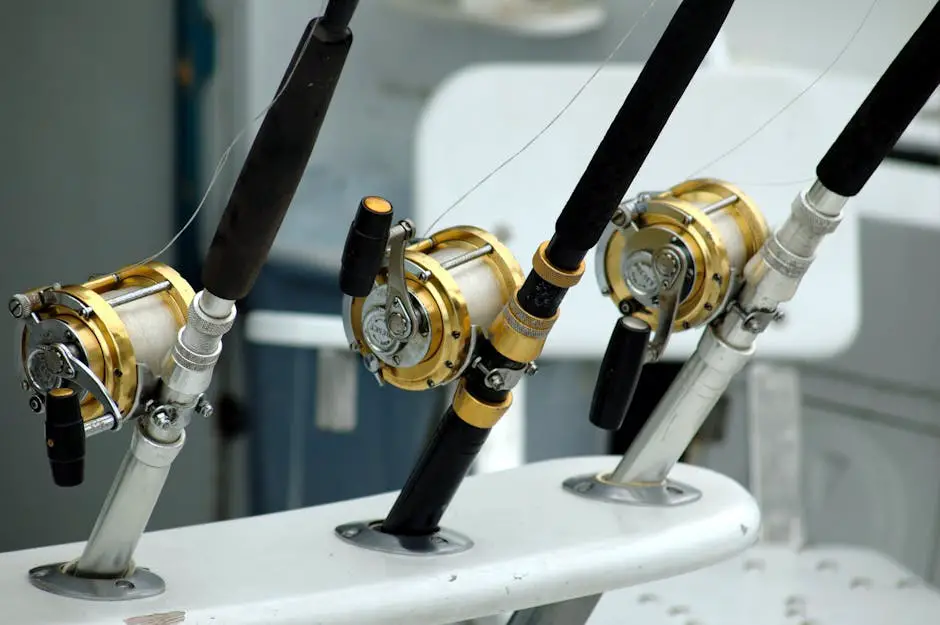
In essence, selecting the right fishing line tailored to your specific needs can significantly enhance your success on the water. By aligning your choice with your technique and environment, you'll find yourself better prepared to reel in those prized catches. Happy fishing!
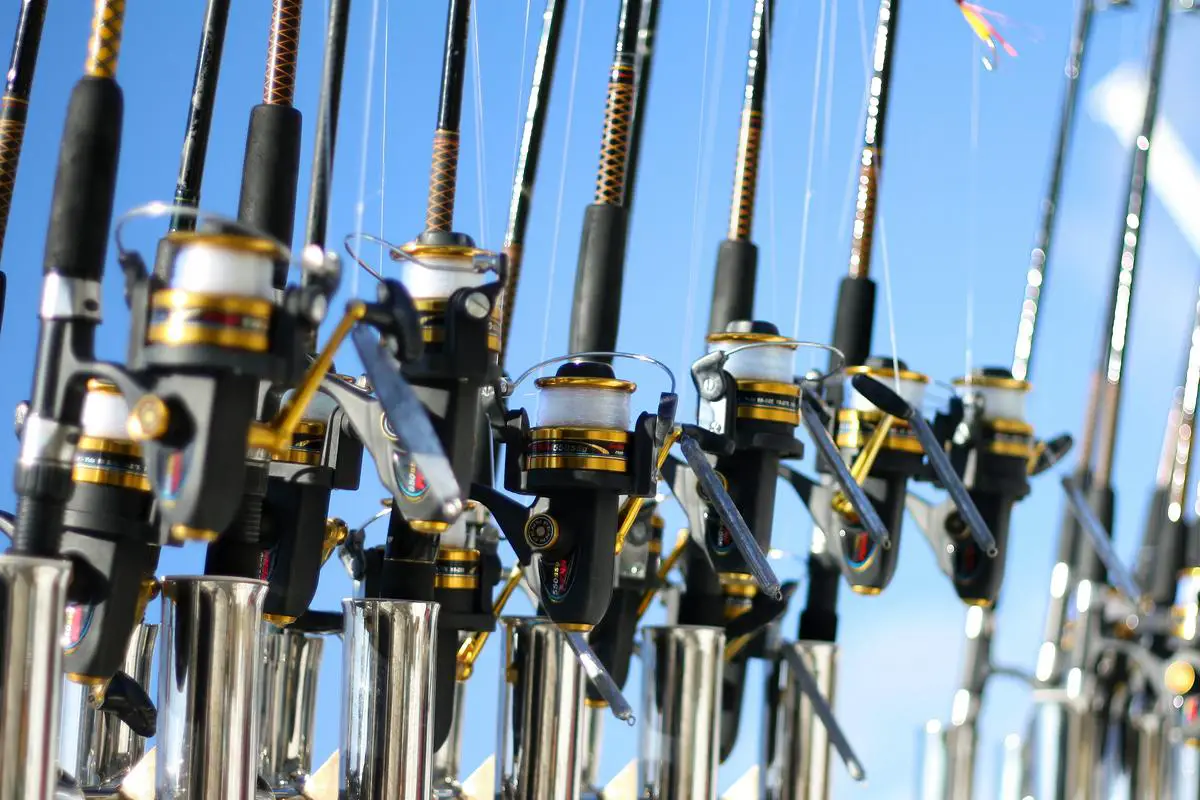


Welcome to our blog!